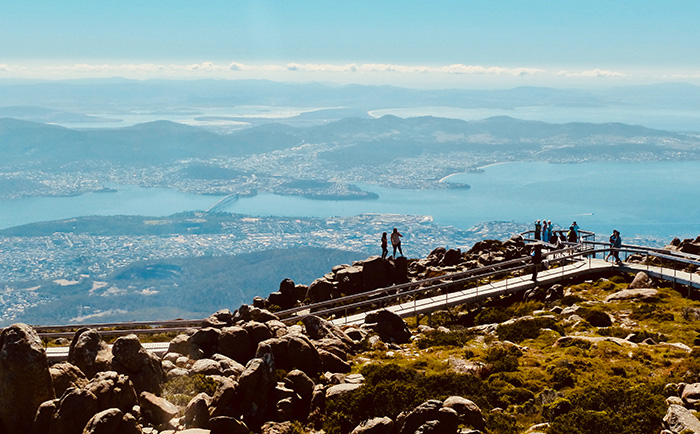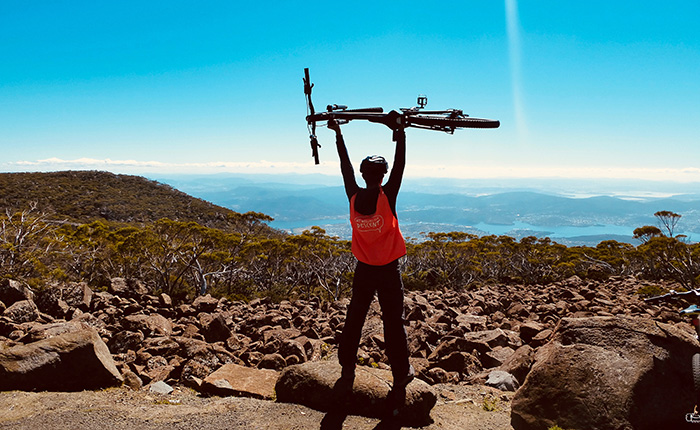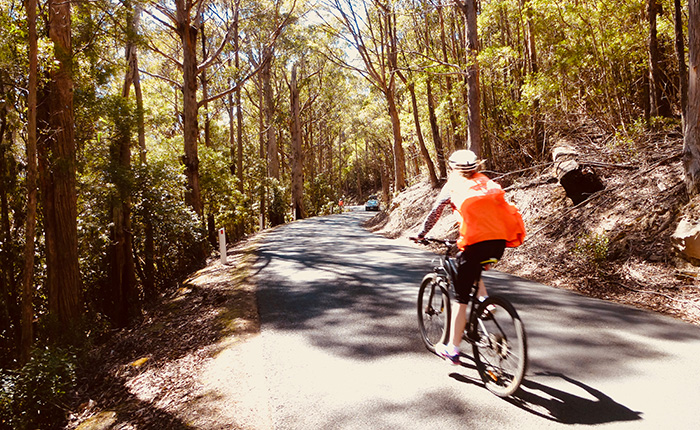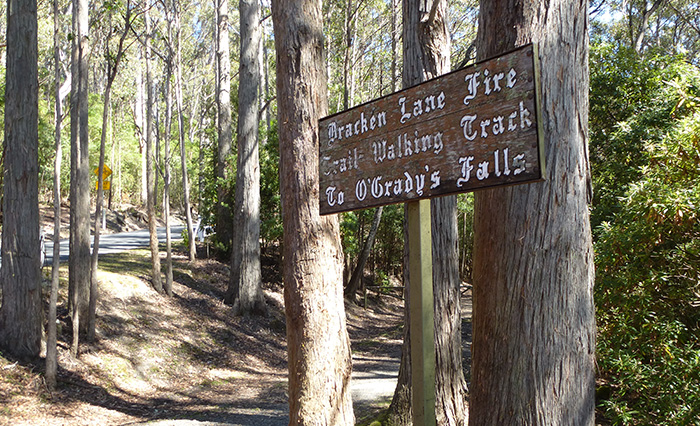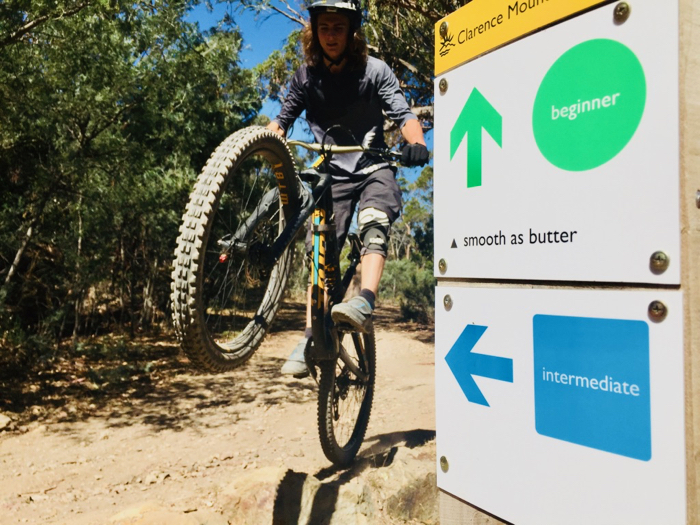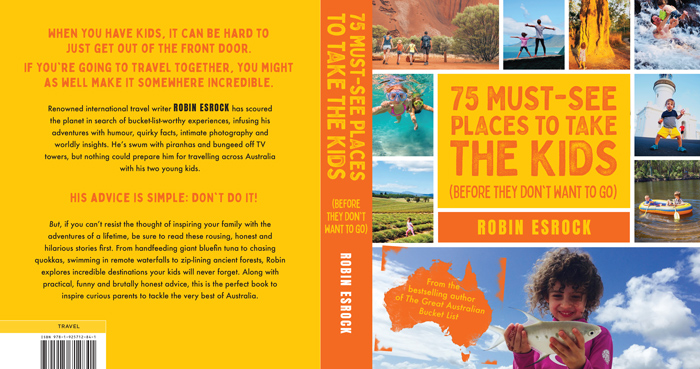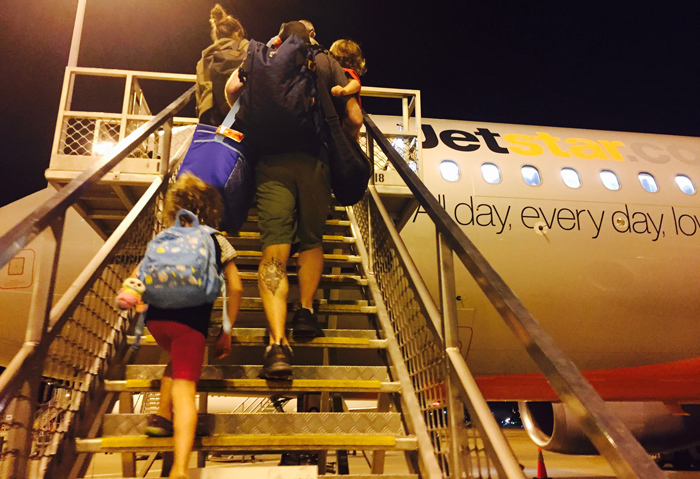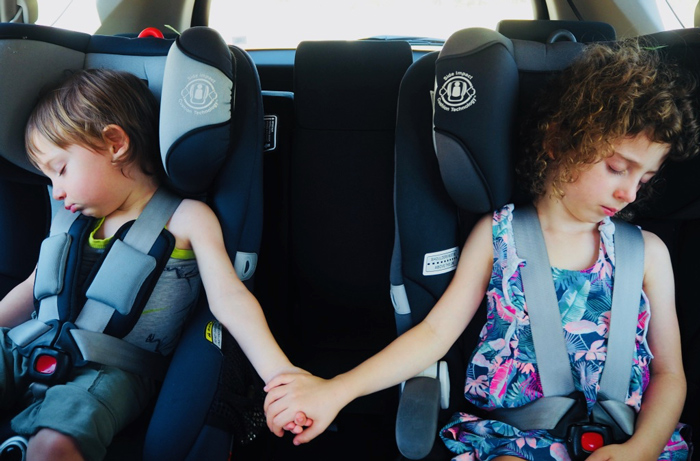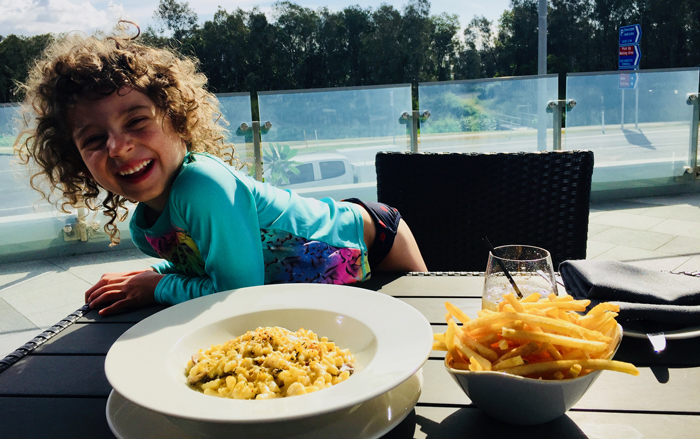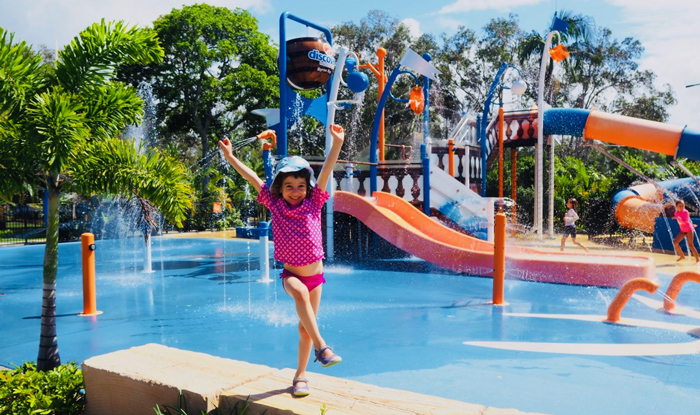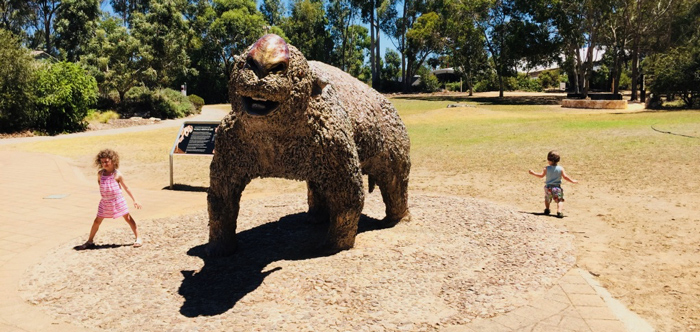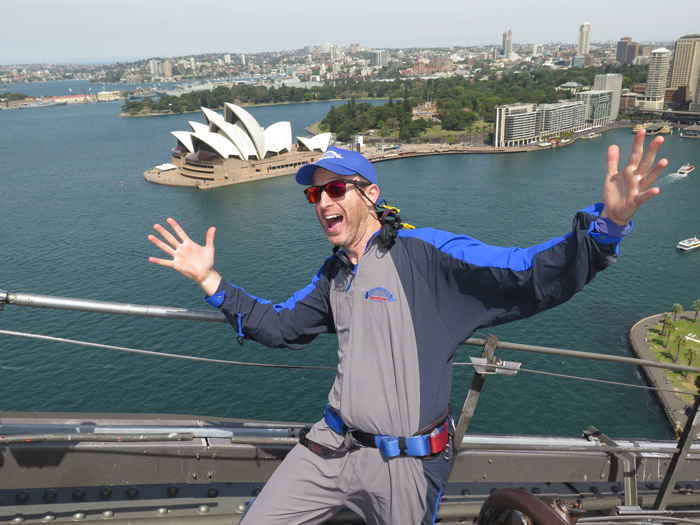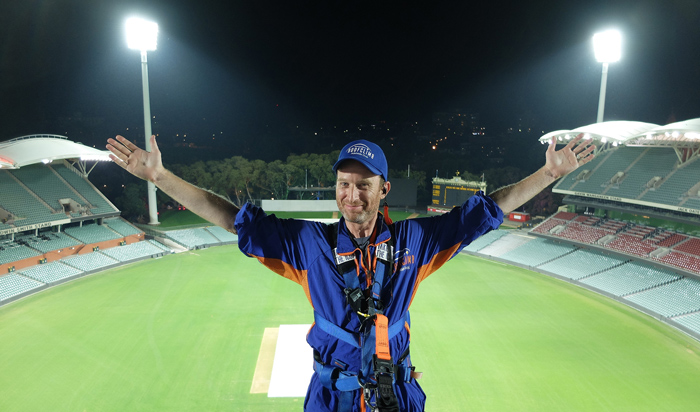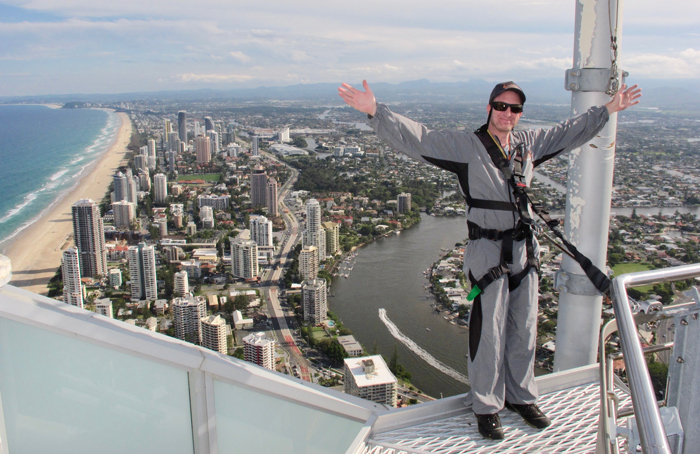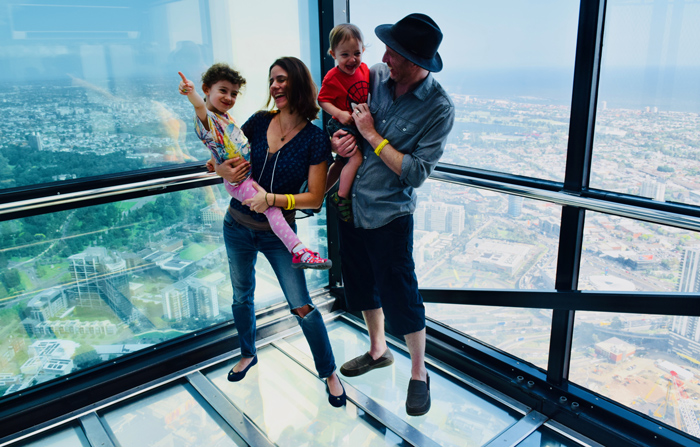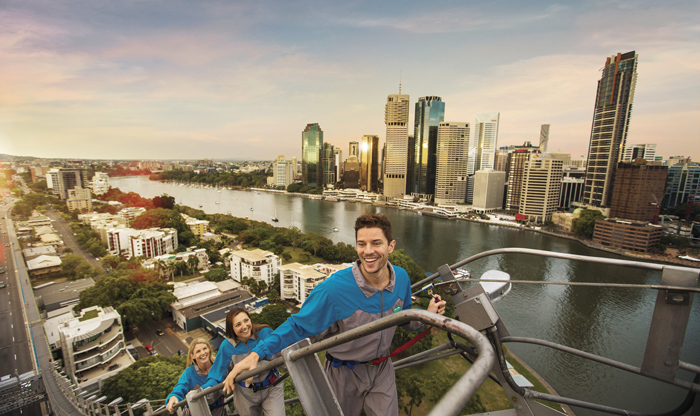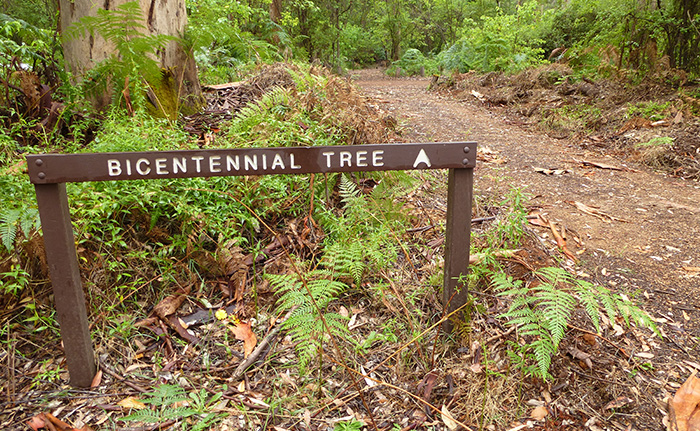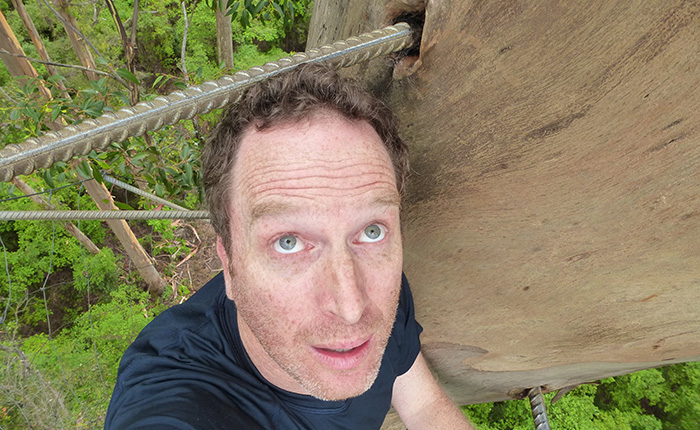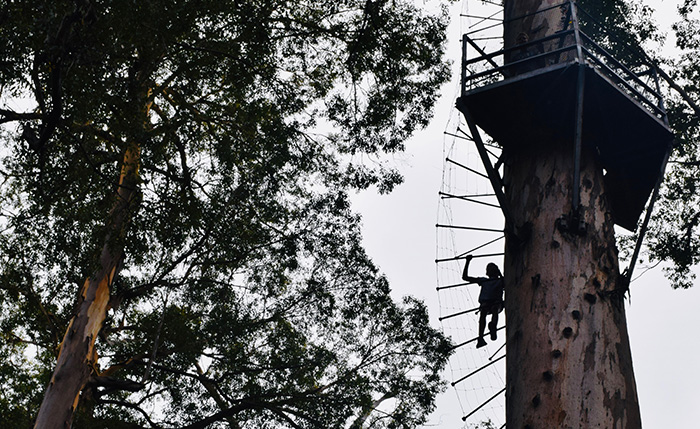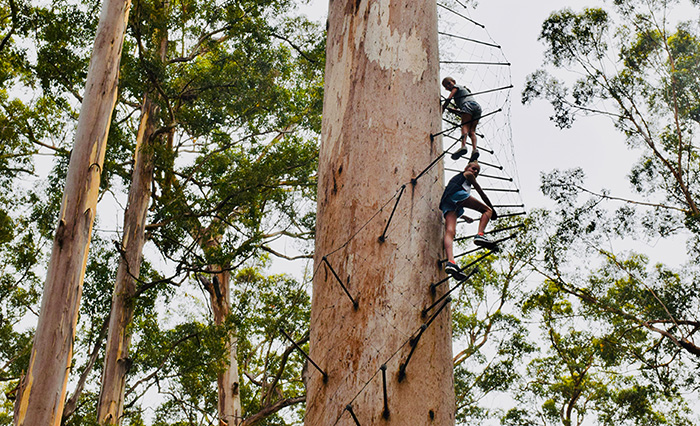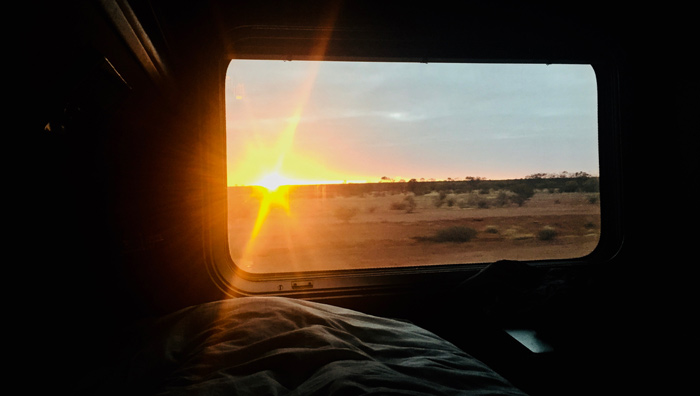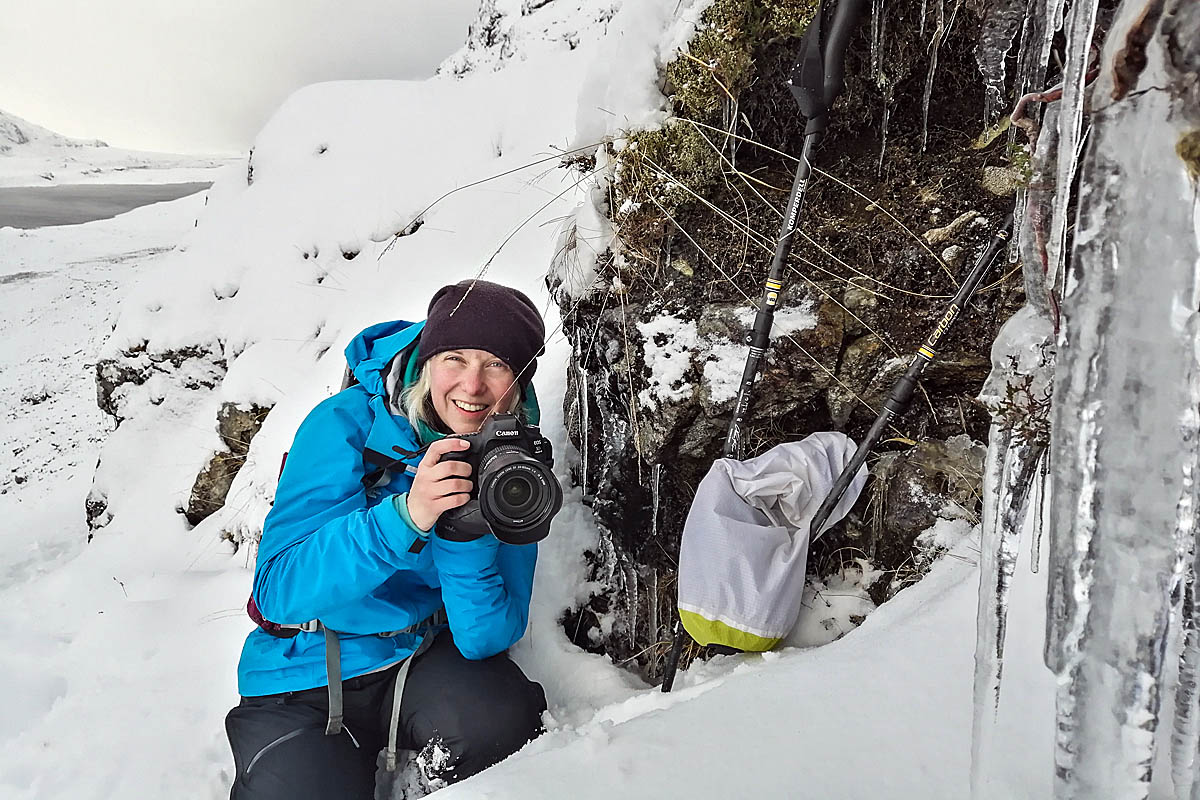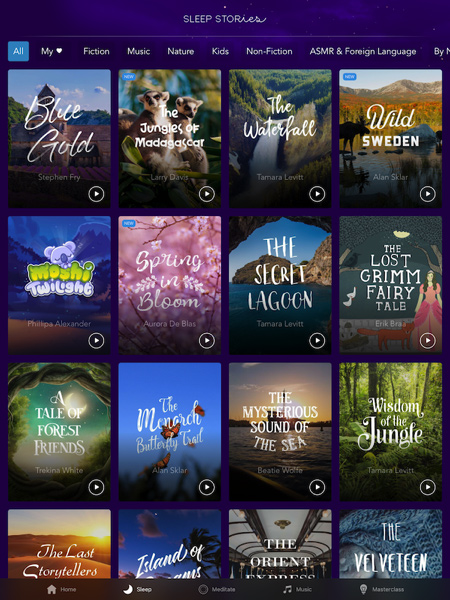Dozens of dark shadows slice through the turquoise waters of a holding pen located off the coast of Granite Island. They’re big as sharks, but swim faster and with more deliberation, fading from vision before I can compute that I’ve seen them at all. These are southern Bluefin tuna, weighing up to 200 kilograms and blitzing underwater at speeds of up to 70 km/hr. I’m on a 40-metre wide in-sea aquarium called the Oceanic Victor, putting on a wetsuit for one of the more unique experiences you’ll find in a book all about unique experiences. Hopping into the water with snorkel and mask, plenty of sardines, and a bucket list swim with the Ferrari of the Oceans.
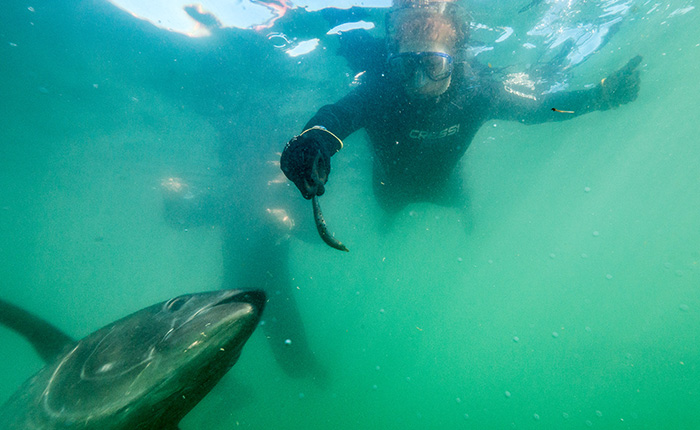
Oceanic Victor was founded as an educational facility to provide visitors, and children in particular, the opportunity to interact with marine life. It’s the brainchild of Mike Dyer and Yasmin Stehr, who’s Dad achieved international acclaim for pioneering the propagation of prized southern Bluefin tuna. A sought-after fish that sells for thousands of dollars each in fish markets around the world, southern Bluefin tuna has been overfished to the point of extinction. Ranching them into pools is nothing new, but the ability to breed the fish – and the introduction of strict quotas – has created a hugely successful sustainable tuna industry in Port Lincoln. When Yasmin noted how positively her kids and their friends reacted to the tuna studied in holding pens, she was inspired to bring this experience to the masses. So began a long process of permits and protests, of consultation with top conservation and marine biologist experts to create a hands-on tuna encounter. The netted enclosure, a much smaller version of the large pens that sit off the coast of Port Lincoln, was brought to Victor Harbour. Inside are various species of fish, a couple Port Jackson sharks, and eighty tuna that have won the Bluefin lottery. Each day they are fed and monitored by marine scientists, and will see out their estimated 20-year lifespan perfectly safe from the world’s sushi markets. As I hop into the water with silver sardines floating around me, I wonder if I’ll be as lucky to join them. With the crew tossing in sardines, I briefly see a creature that resembles a razor blade with saucer-eyes screaming towards me. It snatches the fish faster than a blink and is gone. This is followed by a series of splashes as different tuna pluck sardines all around me. They’re everywhere and nowhere at once, and I find myself spinning around in my buoyant wetsuit trying to grasp the moment. It takes me a few minutes to settle and just let the spectacle unfold before my eyes. Tuna snatch sardines that float inches away from my nose with an uncanny and thrilling precision. It’s like being inside a target range with bullets designed to just miss me. I’m told it’s safe to hold out a sardine and let the tuna snatch it directly from my hand. Watching an child-sized Bluefin approach you straight on with its mouth open is terrifying. I flinch at the last moment and let go, but the friendly crew are happy to accommodate with as many sardines as I like. Eventually I succeed, bewildered, not for the first time, with the burning question: How is this a thing?
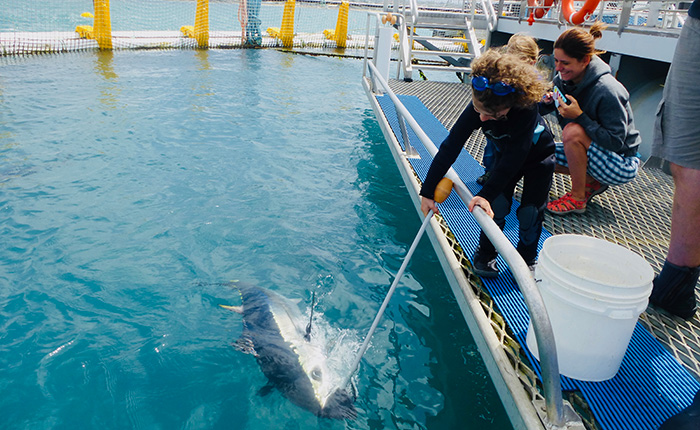
Around me are people of all ages sharing a similar experience, indeed, the Oceanic Victor has been designed to inspire and enthral the whole family. If you don’t want to get wet, you can pop into an underwater observatory to see the tuna from below, and younger kids will love the on-board touch pool of starfish, mussels, fish and other marine specimens. The crew, which includes friendly marine biologists, help my four year old daughter attach sardines to a pole, and she’s bursting with joy each time a tuna snatches it from her. As for me, the opportunity to hop into the adjacent pool and hand-feed schools of fish is eclipsed when Fernando brings over one of the puppies…a spackled Port Jackson shark, and invites me to swim holding its fins. With its Miss Piggy lips, rough skin and big eyes, the shark is totally at ease with me, leading me around the 6-metre deep enclosure, even diving underwater so I can wave to my delighted kids checking out the action from the observatory. All under the watchful eye of a scientist who treats the sharks as you would your own puppy.
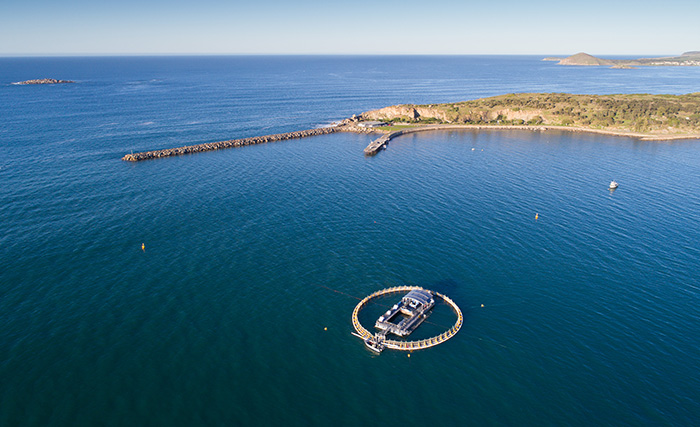
Despite its commitment to education and marine conservation, there was some controversy when Oceanic Victor opened for business in Victor Harbour, the same controversy that surrounds any attraction with animals in captivity (even if said animals were destined for fine Japanese restaurants). All are welcome to their opinions, and this is not the forum for that debate. This is a book about unique Australian activities and destinations, and it is a book about magical moments. Within the space of a half hour, I’d swum in the blue waters of Encounter Bay, hand-fed magnificent tuna, swum with a shark, waved to my glowing kids inspired in an underwater observatory, and developed a deep and lasting respect for one of the ocean’s most incredible fish.

